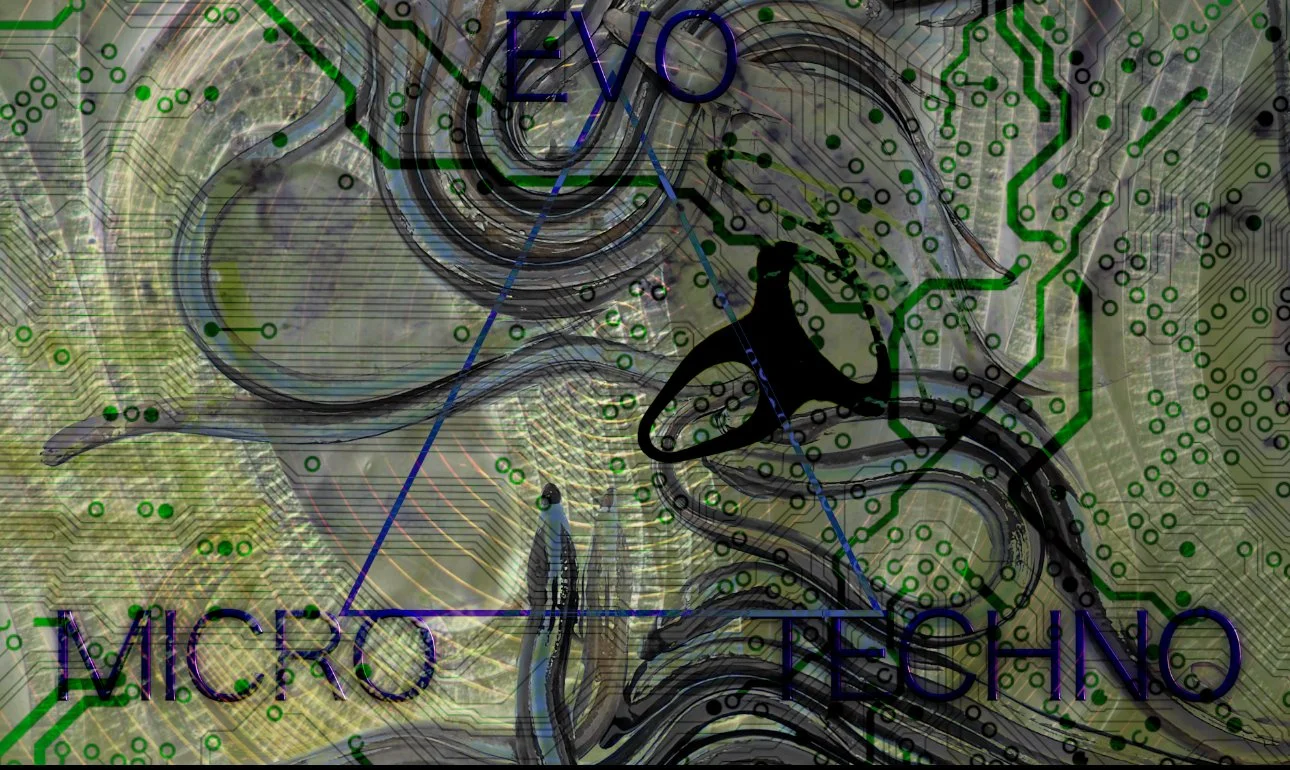In this session, Ami Clarke will be introducing her work about the algae in Lough Neagh and opening up a conversation about the wider issues around technology, the environment, and ‘sensing’ the lough.
This information offers an overview of the project and current activities that will be taking place at DAS and PS2, followed by her biography.
*Please contact richard@digitalartsstudios.com to participate as space is limited.
We will be considering ways of ‘sensing’ the lough, from a multi-species perspective.
How might the entangled approach of art and tech provide an alternative in ‘sensing’ the lough, that emphasises a multi-species perspective, encouraging a de-centring of the human, as well as a decolonial, eco-feminist, and posthuman position to flourish, and nurture radical ways for rethinking sustainability, in such a vulnerable eco-system as Lough Neagh?
‘Meeting the Lough on it’s own terms’ aims to open up radical new approaches to climate change, drawing from the evolutionary biologist Lynn Margulis’ teaching, that will benefit and enable new futures to emerge, in tandem with a paradigm shift to the microbial scale.
The combined outcomes of these strategies, that include an immersive environment, a collective writing, and Sonic Ritual, endeavour to combine as new technological interfaces, recalibrating human relations to nature from a multi-species, posthuman lens.
Calling all artists, micro-biologists and technologists!
I would like to think through how ‘sensing’ the lough in various ways, through both technological means, but also analog, can inform a dashboard, an interface, if you like, that acts in a way that starts to imagine an alternative to an AI approach.
So rather than an ‘artificial intelligence’, how do different forms of intelligence, such as microbial and plant biochemical signalling, and the sentience of eels, say, contribute to a different kind of knowledge production, that includes cognition, non-cognition, tacit knowledge, machine learning, data processing, and so on (see N. Katherine Hayles: ‘Unthought’, and ‘Bacteria to AI’), whilst decentring human intelligence (and hence AI, to a degree), within a vulnerable eco-system such as Lough Neagh.
How might:
Nitrogen monitoring (pollution monitoring in general)
Temperature modelling
Satellite perspectives (chlorophyll)
Other ways of ‘sensing’… sound recordings, touch, smell
Bio-chemical signalling
Biosemiotics
Planetary sapience
Allow us to entangle with a multi-species approach that includes ‘sensing’ microbial life, amongst the other creatures that make up the eco-system at Lough Neagh, and even be guided by their response
Microbes
Bacteria
Eels
Chironomid flies
Cilica
This in turn will inform the collective writing project, and sonic ritual taking place at PS2 on Saturday 31 May:
1pm - 3pm - collective writing with Friends of The Earth NI
Collective writing workshop thinking through the many stories that run through Lough Neagh, that settle like sediment, constantly shifting, only to settle again - from a multi-species perspective
3.15pm - 5.15pm - sonic ritual workshop with John D’Arcy and HIVE Choir
A polyphonic sonic ritual developed from the collective writing project, with John D’Arcy of HIVE Choir and QUB’s Sonic Arts Research Centre.
The sonic ritual vocalises the collectively authored text, through song and chanting, with John D’Arcy and HIVE Choir. We will be thinking about how rituals have acted historically, as technological interfaces scoring human / nature relationships, in very particular ways. We will be thinking about the ways that ritual might become a chant, as part of the new technology we are building. And how human voice/s in a polyphonic approach might sit within this delicate ensemble, to reflect the new calibration we are hoping to bring about.
About the Artist
I am a visual artist interested in addressing the complexities of climate change through immersive and sensorial art forms. My practice spans experimental writing and publishing, film, video, VR, CGI, and 3D modelling, sculpture, and sound, to create multi-dimensional experiences in both real and virtual environments. Experimental writing/publishing methods and strategies often drive the work, in both an on and offline context, as well as informing spoken word performance. I have a long held interest in the tensions to be found between code and language in linguistic terms, and in evolutionary terms between DNA and bio-semiotics, with various textual productions coming of assemblages that often include humans, that also draw upon a broad ecology of different species, machine learning, AI and the planet, for inspiration and direction.
I have been talking to Friends of the Earth NI over the last year and a half, as they grapple with the issues that converge at Lough Neagh, that meant it was overwhelmed by algae blooms in the summer of 2023. My work has been invested in exploring ways of living with complexity and uncertainty, drawing out interdependencies across finance, the environment, and ideological apparatus such as neoliberalism, for some time, with previous work: The Underlying concerned with sentiment and emotion analysis of Bisphenol A on social media, mapping the subsequent affects in the reputation regime of social media, see here for an article in Art Monthly about the work: https://www.amiclarke.com/_files/ugd/db4bc3_cdcd089482c74b089654ecd38ee8488d.pdf and here for the webpage on the work: https://www.amiclarke.com/the-underlying-ami-clarke.
I have developed several different approaches to ‘meeting the lough on its own terms’ that attempts to cut through the complexity, by focussing on the microbial scale of the cyanobacteria.
Immersive video wall (critical essay)
Collective writing project with FotE
Sonic Ritual with John D’Arcy and HIVE choir (Sonic Arts)
I am interested in drawing together the multiple scales and temporalities, from the deep time of planetary change, in terms of how cyanobacteria brought life to the planet as we know it by oxygenating the atmosphere, to the simultaneous multi-species temporalities of the ecosystem of organisms living in Lough Neagh and the watershed today. I am then interested in thinking about how these converge with the man made systems of today, that are proffered as a seemingly ‘natural’ state, but are informed by very particular ideological constructs that view nature, primarily, as a resource.
I’ve been working with a few scientists at Lough Neagh, as well as local contacts, who have taken me out on boats to capture underwater footage and audio, and identify microscopic organisms from Lough Neagh, and would be very interested in talking further to anyone interested in this.

